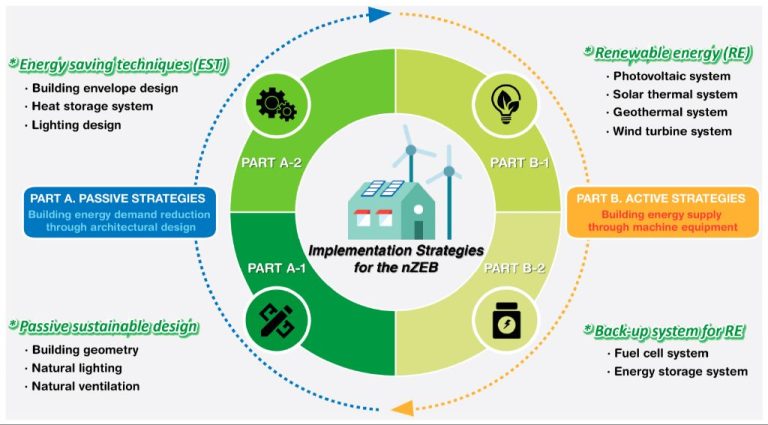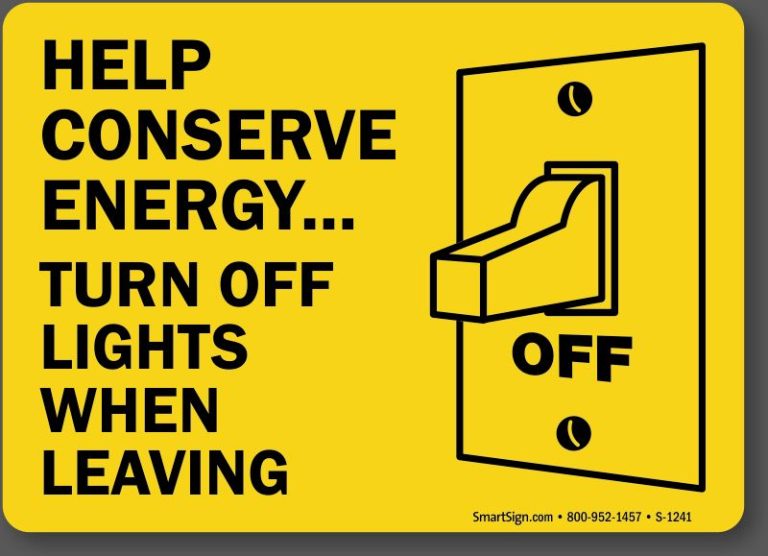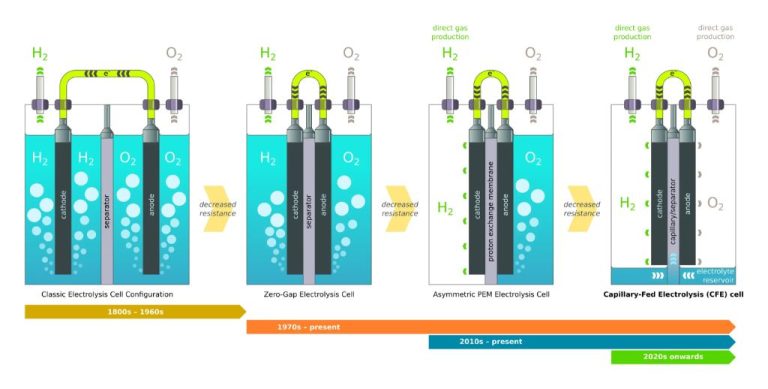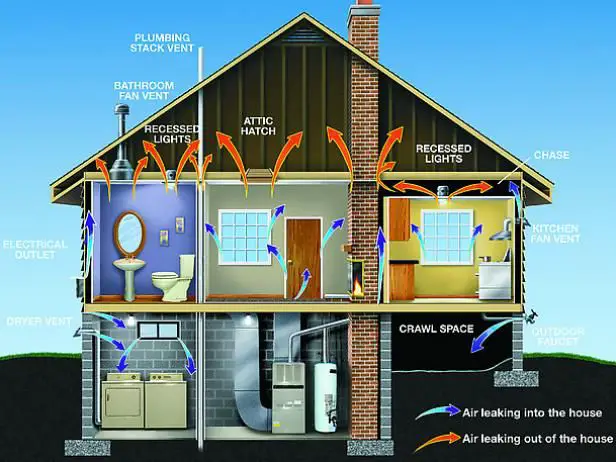What Is Energy Transfer Transformation And Losses?
What is Energy?
Energy is a quantitative property defined as the ability to do work or produce heat. Energy exists in various forms such as thermal, chemical, kinetic, and potential energy. At the most fundamental level, energy is the driving force for changes or transformations within a system.
Energy enables living beings to grow, move, and perform daily life functions. In broader terms, energy powers everything, from human movements to industrial processes. For any physical or chemical change to occur, energy input or transfer is required. Energy is manifested when it is transferred or transformed from one form to another.
For example, the chemical energy stored in food or fuel is converted into kinetic energy when humans or machines perform physical work. Electrical energy can produce light and heat. In physics, work is defined as the energy transferred between objects or systems due to an applied force. Thermal energy relates to the internal energy within substances that makes atoms and molecules vibrate.
Forms of Energy
There are many different forms of energy that exist in the universe. The two main categories of energy are potential energy and kinetic energy.
Potential energy is energy stored in an object due to its position or nature. Some examples of potential energy include:
- Chemical energy stored in the bonds between atoms and molecules
- Nuclear energy from the binding forces within an atomic nucleus
- Gravitational potential energy of an object above the ground
- Elastic potential energy stored in a compressed or stretched spring
Kinetic energy is the energy of motion. Objects that are moving have kinetic energy. Some examples include:
- The motion of wind, water, or objects
- Vibrational kinetic energy in atoms and molecules
- Electromagnetic radiation like light and heat
- Electrical energy from moving electrons
Thermal energy arises from the random motion of particles that make up matter. As an object is heated up, its atoms and molecules move faster and have more kinetic energy.
These are some of the main forms of energy that are transferred and transformed in various processes and systems.
Energy Transfer
Energy can be transferred between objects or systems through two main mechanisms: work and heat.
Work involves applying a force to move an object, and energy is transferred in the process. For example, when you lift a book from the floor to a table, you are doing work to move the book against the force of gravity. The energy required to do this work is transferred from your body to the book.
Heat flows spontaneously from objects at higher temperatures to objects at lower temperatures. For example, when you touch a hot stove, heat energy is transferred from the stove into your hand, causing your hand to become warmer. No work is done in this process, only a transfer of thermal energy via heat between objects at different temperatures.
In summary, the two fundamental ways energy can be transferred between objects or systems are through work and heat. This energy transfer allows useful effects to occur, such as moving objects or maintaining comfortable temperatures. Understanding energy transfer processes is key to designing efficient systems and technologies that make the best use of available energy.
Energy Transformation
Energy transformation refers to the process of changing energy from one form to another. For example, when a wind turbine converts the kinetic energy of wind into electrical energy, that is an energy transformation. Some common examples of energy transformations include:
- Chemical potential energy in fuel transforming into heat and kinetic energy when burned
- Mechanical energy transforming into electrical energy in power plants
- Solar energy transforming into heat and light energy
- Chemical potential energy in food transforming into kinetic energy in living organisms
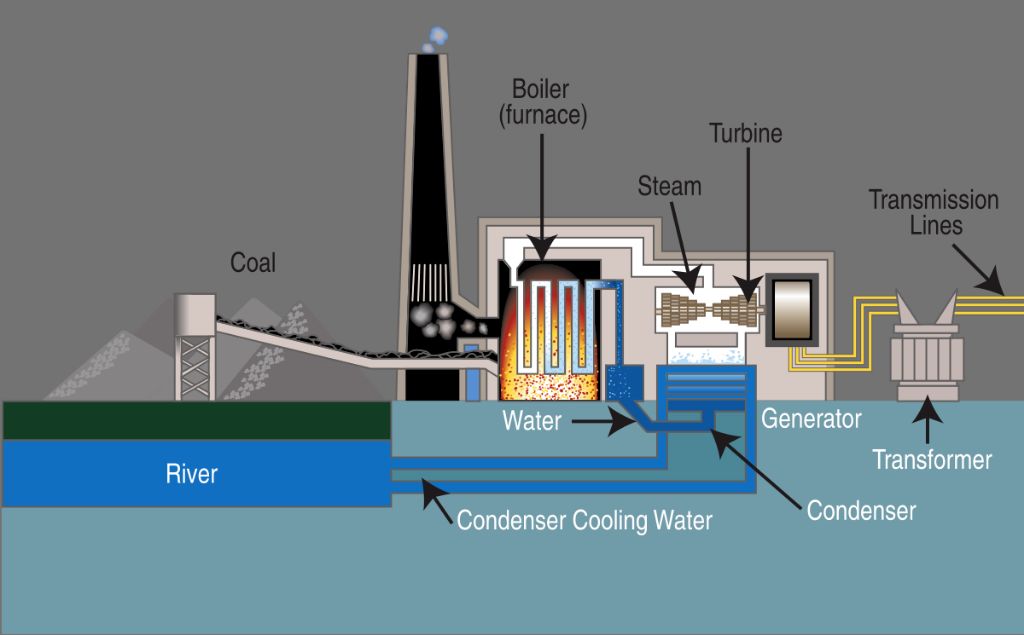
Energy transformations occur because different forms of energy have different properties and applications. Transforming energy allows us to transfer it and utilize it in ways that are more convenient and useful. For instance, an electrical heater transforms electrical energy into heat energy that we can use for cooking or warming spaces.
However, energy transformations are never 100% efficient, as some energy is always lost in the process. The efficiency of energy transformations depends on the laws of thermodynamics and the specific technologies involved. Understanding energy transformations and increasing their efficiency is key for reducing energy losses and making the most of our energy resources.
Energy Conversion Efficiency
Energy conversion efficiency refers to the ratio of useful output energy to total input energy in a system. It measures how effectively energy is transferred through various processes. For example, when burning gasoline in a car engine, some energy is lost as heat and exhaust. The conversion efficiency is the useful kinetic energy that actually powers the car, divided by the total energy in the gasoline.
No energy conversion is 100% efficient, as there are always some losses. However, we aim to maximize efficiency where possible. Higher efficiencies allow more useful energy output for the same energy input. For mechanical and electrical devices, typical efficiencies may range from 20% to 95%. But there are theoretical limits based on the laws of thermodynamics.
Improving efficiency involves reducing energy losses to heat, friction, unwanted byproducts, and other leaks from the system. Examples include increasing insulation, lubricating moving parts, capturing waste heat, and minimizing transfer steps. Even small efficiency gains can provide large energy savings at scale.
Conversion efficiency is important in power generation, engines, appliances, industrial processes, transportation, and any system that involves energy transfers. Maximizing efficiency reduces overall energy demand and waste products for the same services delivered.
Energy Losses
When energy is transferred or transformed, some amount of energy is inevitably lost or wasted in the process. This lost or wasted energy is referred to as “energy losses.” There are several ways that energy losses can occur:
Heat Loss: When converting one form of energy into another, excess heat is often generated as a byproduct. This heat is released into the surrounding environment and dissipated rather than harnessed to perform useful work. For example, when burning gasoline in a car engine, most of the chemical energy is converted into mechanical energy to drive the wheels, but a significant portion is lost as heat in the engine and exhaust.
Friction: The friction generated when two objects rub against each other results in energy being converted into random thermal motions and vibration of atoms and molecules. This friction transforms useful mechanical energy into useless heat energy.
Sound: Devices that have moving parts like engines and electric motors generate sound waves that radiate outwards. The energy embodied in these sound waves is no longer available for conversion into useful work.
Other examples of energy losses include electrical resistance converting electric current into heat, incandescent light bulbs converting most input energy into heat instead of visible light, and turbine inefficiencies resulting in waste heat and vibration.
Minimizing energy losses is an important engineering challenge. Insulation, lubrication, precision manufacturing, and optimized system design can help reduce losses, improving the efficiency of energy transfers and transformations.
Reducing Energy Losses
There are several ways to reduce unwanted energy losses in real-world systems:
Insulation – Adding insulation to contain heat, such as around pipes, boilers, attics, etc. Insulation slows the transfer of heat energy to the surroundings and reduces conductive heat losses.
Lubrication – Applying lubricants like oil or grease to reduce friction between moving parts in motors, engines, etc. This lowers heat generation from friction, reducing wasted energy.
Preventing friction/resistance – Smoothing surfaces, streamlining shapes, and removing obstructions helps objects move through fluids more easily. This reduces drag/resistance forces that dissipate energy.
Capturing waste heat – Heat exchangers, heat recovery systems, and cogeneration systems can capture wasted heat and reuse it for other applications instead of releasing it into the environment.
Taking steps like these to minimize energy losses improves the efficiency of energy transfers and transformations. Even small reductions in energy waste can provide big energy savings over time.
Real-World Examples
Energy transfer, transformation, and efficiency play crucial roles in many real-world systems and technologies that we use every day. Here are some examples:
Cars and other vehicles
Cars rely on chemical potential energy in gasoline that is transformed into kinetic energy that propels the vehicle. However, not all the chemical energy is converted into kinetic energy. On average, modern gasoline engines only convert about 30% of the fuel’s energy into useful work to move the car. The rest is lost as heat and friction in the engine and transmission. Improving the efficiency of engines is a major area of research and development. Hybrid and electric vehicles try to capture some of the wasted energy.
Power plants
Power plants convert stored energy in fuel into electricity. Different types of plants have varying efficiencies, but a typical coal-fired plant may only convert around 33% of the coal’s energy into electrical energy. Improving power plant efficiency reduces fuel costs and emissions.
Solar cells
Solar photovoltaic (PV) cells convert radiant light energy from the sun into electrical energy. The conversion efficiency depends on the PV material and cell design, but ranges from 15-22% for common silicon solar panels. Ongoing research aims to improve solar cell efficiency to reduce costs.
LED light bulbs
LED bulbs transform electrical energy into light energy. Early LED bulbs only converted about 5% of input energy into visible light, with the rest wasted as heat. Modern LED bulbs now achieve efficiencies of over 20%, saving significant energy compared to incandescent bulbs.
Impacts and Applications
Efficiency and reducing energy losses is extremely important for sustainability and reducing environmental impact. As the global population grows and energy demand rises, it’s crucial that we utilize energy as efficiently as possible. Wasted and lost energy contributes to greenhouse gas emissions, pollution, and depletion of natural resources.
By improving energy efficiency in our homes, transportation, industries and commercial buildings, we can reduce energy waste and costs. Simple upgrades like insulation, LED lighting, and energy-efficient appliances can make a big difference. On a societal level, advances in technology, infrastructure, and renewable energy sources can dramatically cut energy losses and transform how we produce and consume energy.
Governments and corporations have a major role to play in incentivizing energy efficiency and funding research. Individual actions also add up, from turning off unused lights to buying energy-efficient vehicles. Overall, a shared commitment to reducing energy waste through both systemic changes and daily choices is key to building a sustainable future.
Summary
To recap, energy is the ability to do work and exists in many forms. There are various ways that energy can be transferred between objects or systems, such as through heat, work, or waves. When energy is transferred, it also often gets transformed into different types of energy in the process.
Energy transformations are never completely efficient, meaning some energy is always lost in the form of heat during the process. These energy losses can occur due to friction, resistance, waste heat, or other factors. There are ways to try to reduce energy losses, such as lubricating moving parts, insulating systems, or capturing waste heat.
Understanding energy transfer, transformation, and losses is important for designing efficient systems and machinery. This knowledge enables us to take advantage of energy transformations for useful work while minimizing associated energy losses. Overall, being aware of how energy flows and changes form allows us to utilize our energy resources more effectively.


